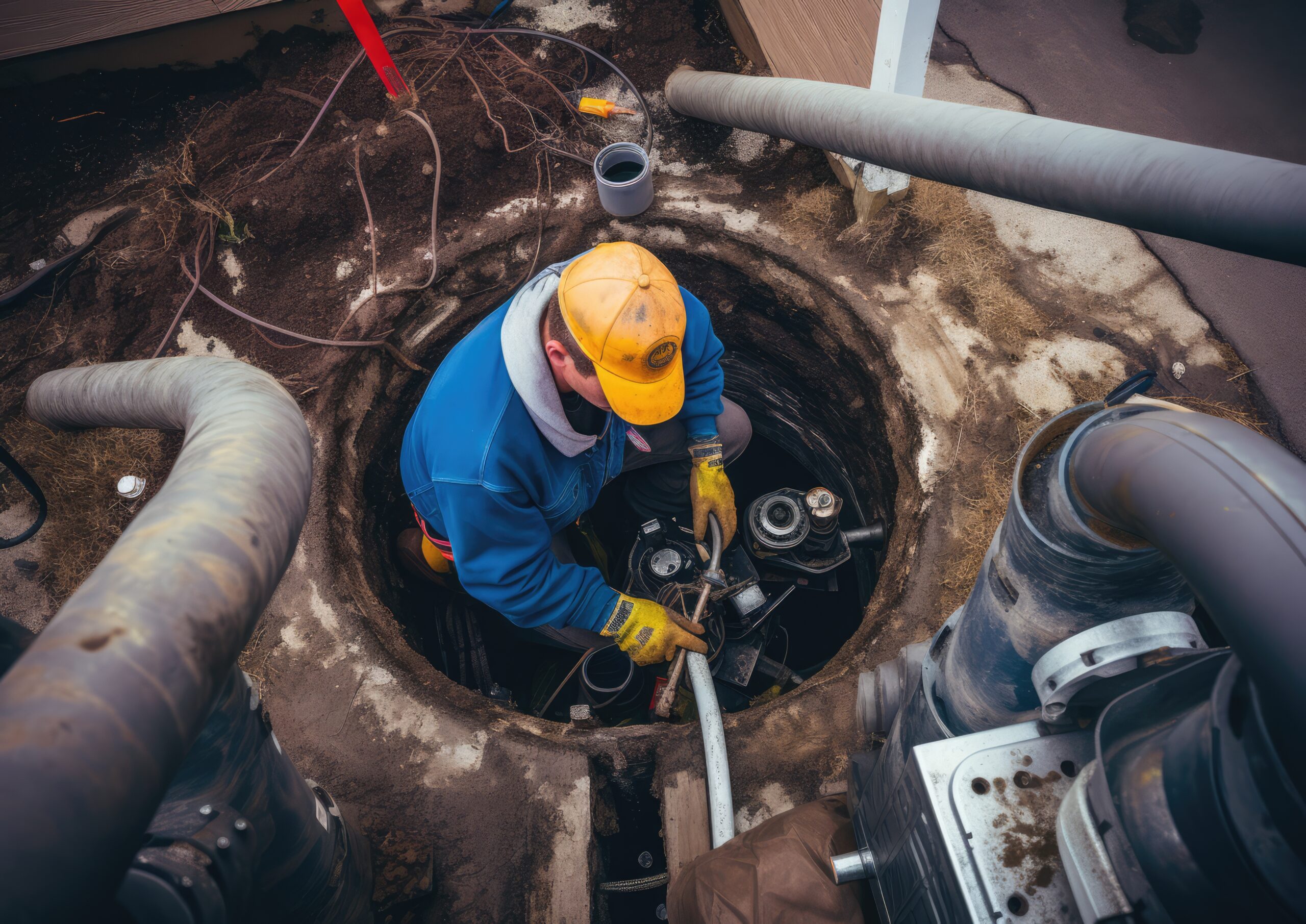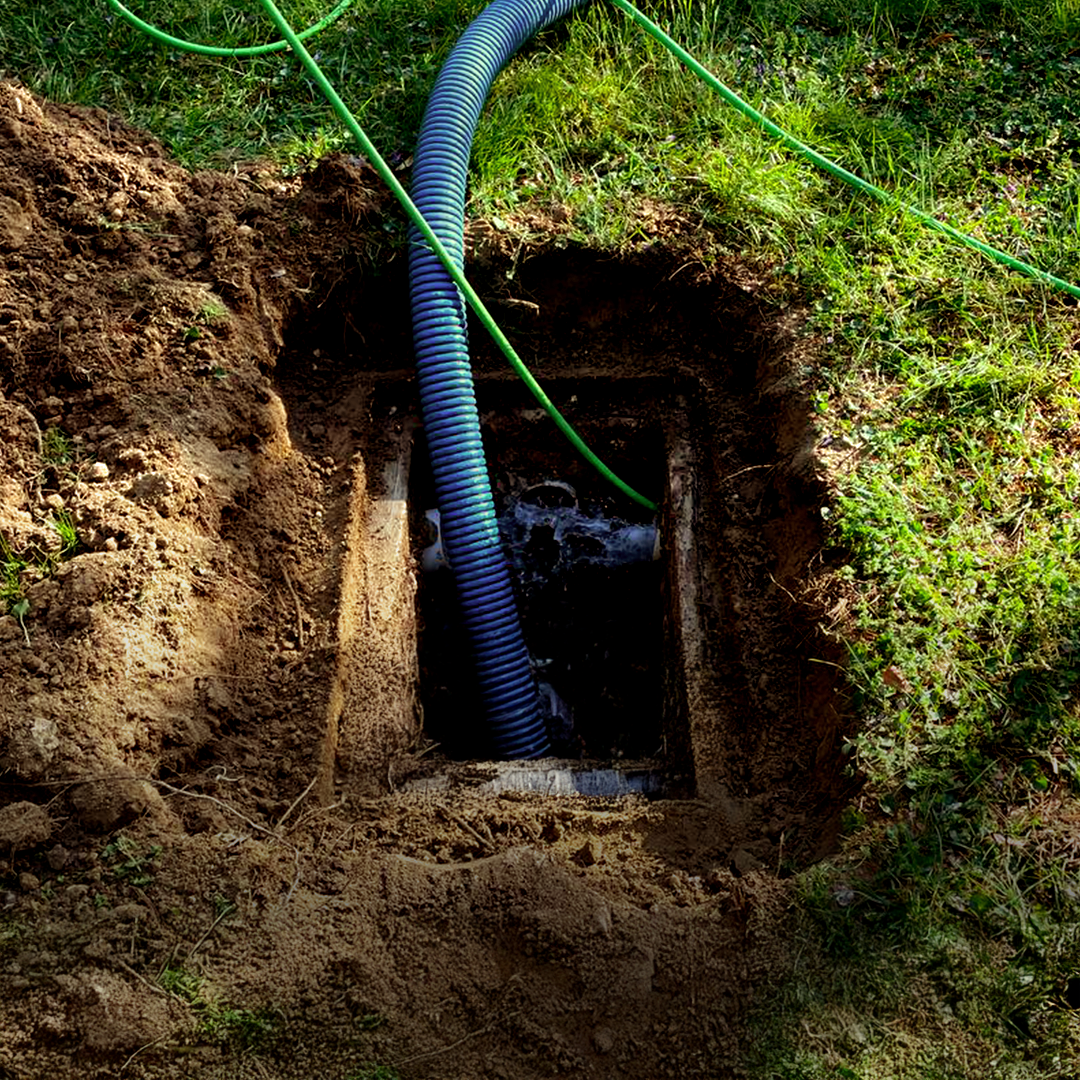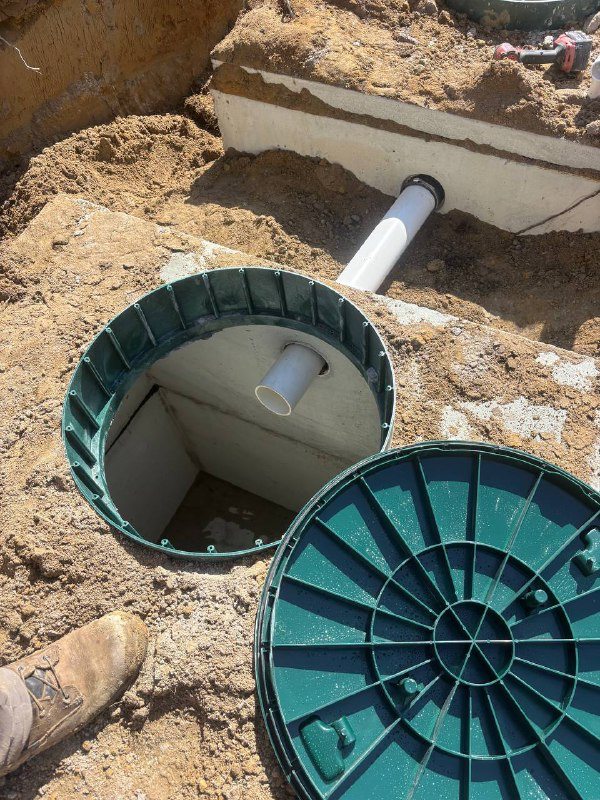Every homeowner with a septic system must understand what a septic tank inspection involves and why it’s so essential overall. Septic systems quietly treat your home’s wastewater, ensuring it’s processed properly and doesn’t harm your home or the environment. When your septic tank inspection is skipped, small issues grow into big problems, which can cost thousands of dollars to repair later. This guide will walk you through the septic inspection process and answer all the most common homeowner questions confidently.
Why Is a Septic Tank Inspection So Important?
A septic tank inspection ensures your system works efficiently, prevents health hazards, and helps avoid catastrophic and expensive failures. When neglected, your system can leak or overflow, releasing harmful bacteria and wastewater into your home and surrounding environment. Septic system inspections should ideally be done every three to five years, depending on the size and usage of your system.
Inspections also ensure compliance with local health codes and regulations, which is especially important during property transactions or rentals. At Septic Masters, we believe prevention always beats emergency intervention—regular checks keep your system healthy and home safe.
Types of Septic Tank Inspections
There are mainly two types of inspections: visual inspections and full inspections, depending on how in-depth you want to go.
Visual Septic Inspection
A technician checks your home’s indoor and outdoor plumbing to make sure everything flows correctly and no clogs are present. They’ll flush toilets, run faucets, and check for surface signs like pooling water or bad smells in your drain field.
Full Septic Inspection
A full inspection includes everything in the visual inspection but adds opening the tank and checking its internal health thoroughly. Technicians examine the tank’s structure, measure sludge levels, check baffles, and inspect the outlet pipe and distribution box system. Advanced tools like sewer cameras may be used to inspect pipes without digging, saving time, money, and unnecessary property damage.
What Happens Step-by-Step During a Septic Tank Inspection?
Let’s walk through the process so you know exactly what to expect when scheduling an inspection with Septic Masters for your septic tanks.
Step 1: Initial Surface Assessment
Technicians start by surveying the area around the tank and drain field for signs of overflow, odor, or wastewater pooling nearby.
Step 2: Accessing the Septic Tank
If a full inspection is requested, the technician will unearth access points and remove lids to begin evaluating the tank inside.
Step 3: Internal Visual Check
Using special tools, they check tank components—like baffles, filters, and effluent levels—to confirm everything’s intact and functioning properly.
Step 4: Camera Inspection and Flow Test
A camera may be inserted through the outlet baffle to examine effluent pipes and the drain field’s condition with zero guesswork involved.
Step 5: Functional Flow Testing
Water is run through your plumbing system to verify that wastewater flows correctly and doesn’t back up into the tank.
Step 6: Professional Report and Maintenance Advice
After completion, a detailed report outlines findings, identifies any issues, and includes advice for long-term care and maintenance steps.
Tools Used in a Septic Tank Inspection
Septic inspectors use tools like sludge measuring sticks, sewer cameras, and even GPS locators to inspect without damaging your property.
- Sludge Judge: Measures sludge and scum layer levels to see if the tank needs pumping or additional cleaning services soon.
- Camera Equipment: Fiber-optic sewer cameras help view pipe interiors to detect cracks, blockages, or roots inside your drainage line.
- Effluent Meters: Ensure wastewater flows steadily from the tank to the drain field without getting backed up due to obstructions.
Common Questions
How much does an inspection cost?
Costs range from $300 to $700 depending on tank size, type of inspection, and your location — whether in Delaware, Maryland or elsewhere.
How often should I get my tank inspected?
We recommend every 3-5 years, though homes with heavy usage or older systems may need inspections a bit more frequently.
Who pays for a septic inspection during a house sale?
Typically, the buyer pays for a septic tank inspection, but sometimes sellers may cover costs if repairs are urgently needed.
Why Trust Septic Masters for Your Septic Tank Inspection?
At Septic Masters, we use the latest tools and bring years of hands-on experience to every inspection job we undertake. We know your time is valuable, so we offer fast scheduling, clear reports, and friendly service with zero hidden surprises.
Whether you’re buying a new home or maintaining your current one, trust us to keep your septic system running perfectly.
Final Thoughts
A septic tank inspection isn’t just another item on your home maintenance checklist—it’s a vital step toward protecting your investment. By detecting issues early, you save money, avoid unpleasant surprises, and ensure your household’s wastewater system remains safe and efficient.
Schedule your septic tank inspection today with Septic Masters and take the first step toward a healthier, stress-free home tomorrow. Buying or maintaining a home? A septic tank inspection is your first line of defense. Trust Septic Masters for expert insights and detailed reporting. Contact Us for a Hassle-Free Inspection




